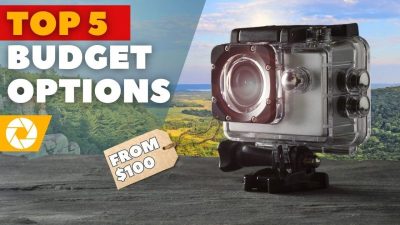📢 Disclosure: Some links on this page are affiliate links. As an Amazon Associate, I earn from qualifying purchases at no extra cost to you. Thanks for your support.
Nikon’s mirrorless lineup has matured very nicely over the past few years, from the powerful Nikon Z8 to the well-balanced Z6 III and compact Z50, Nikon has been able to cover different types of photographers, matching consumer demand. But in this article, we’ve gathered our latest hands-on Nikon reviews into one place, making it easy to compare bodies, lenses, and recommended setups.
To start with, we’re going to review our top Nikon camera picks with a focus on the Nikon Z6 III. We’ve also included quick overviews of the Z8, Z50, and Z30, plus our favorite lens pairings and accessories to round out your kit. Let’s jump straight into it!
Nikon Z6 III: Hybrid all-rounder
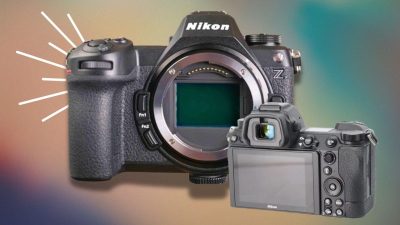
Nikon has once again expanded its Z series lineup with the highly anticipated Z6 III. Positioned as a mid-range full-frame mirrorless camera, this release comes nearly four years after the Z6 II, bringing significant upgrades in speed, autofocus, and video capabilities. But does it truly live up to the hype?
In this section, we’ll break down the key features and see how it compares with the Z6 II to see if it’s worthy of the upgrade. We’ll also explore whether this is the best option for photographers and videographers looking for a high-performance mirrorless camera before we check out the other options.
What’s changed since the Z6 II? First, the upgraded sensor
One of the biggest talking points of the Nikon Z6 III is its new full-frame sensor. While it retains the familiar 24.5-megapixel resolution, Nikon has introduced the world’s first partially stacked CMOS sensor, a major technical step forward in this class. This new design dramatically improves how quickly data is read from the sensor, resulting in faster processing, smoother live-view performance, and noticeably less rolling shutter. It also unlocks higher burst rates, up to an incredible 120 fps with the electronic shutter, while maintaining improved low-light performance and dynamic range.
In practice, this means the Z6 III delivers the kind of speed and responsiveness normally reserved for Nikon’s high-end flagships like the Z8 and Z9, but at a more affordable price point. Photographers get flexibility too: the camera supports both mechanical and electronic shutters, allowing you to adapt to different shooting environments. In full autofocus mode, it can capture at 20 fps, and switching to DX crop mode pushes that all the way to 120 fps, ideal for sports, wildlife, or any fast-moving subject.
Autofocus improvements
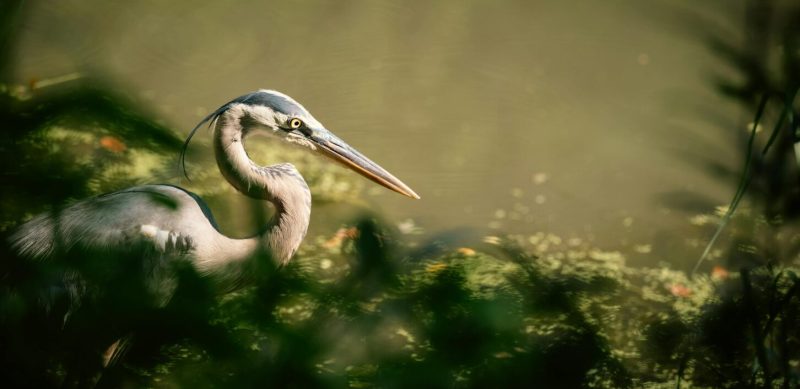
Autofocus performance is another major upgrade for the Nikon Z6 III, putting it much closer to Nikon’s top-tier models. The camera now features 273 focus points, driven by the powerful EXPEED 7 processor, which is the same chip used in the flagship Z8 and Z9. This processing power allows the Z6 III to take full advantage of Nikon’s deep-learning subject detection, intelligently recognizing and tracking people, animals, and vehicles with impressive precision. It’s also remarkably capable in low light, boasting a sensitivity of -10 EV, which makes it one of the strongest autofocus systems in its class for dim or challenging environments.
In real-world use, the Z6 III’s autofocus feels fast, confident, and sticky, especially when working in wildlife or sports photography with fast-moving subjects. Tracking also is smooth even during bursts, with the camera predicting motion accurately and maintaining focus through complex scenes. Compared to rivals such as the Sony A7 IV, Nikon’s system easily holds its own and often feels more natural to use. But do note, some people who use it have mentioned that it can occasionally hesitate when locking onto very simple or low-contrast subjects, but overall, the autofocus performance is exceptional and one of the reasons you may want to upgrade from an older model.
Stunning Viewfinder and Display
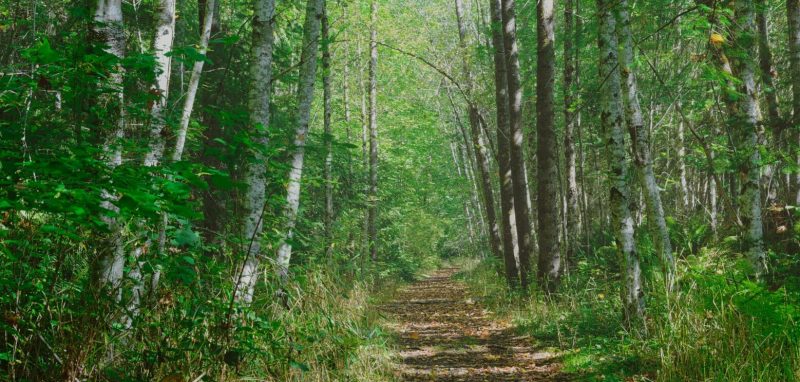
Another huge upgrade on the Nikon Z6 III is its electronic viewfinder (EVF), which now has a 5.76-million-dot resolution, a 0.5-inch display size, and an incredible peak brightness of 4,000 nits, one of the brightest EVF found in a mirrorless camera to date, which is incredible. The result is a crystal-clear, glare-free view even when shooting outdoors in harsh sunlight, making composition and focus checks noticeably easier. And around back, the fully articulating rear LCD screen adds another layer of good functionality, which as we know now from social media, gives users like vloggers and filmmakers the flexibility to shoot comfortably from difficult angles.
Build and handling
This is where not much has changed since the Z6 II. The good news is it’s still compact and lightweight at around 750 grams, and it feels solid in the hand. You also get full weather sealing rated to withstand conditions down to -10°C. Nikon has kept the dual card slot design, one CFexpress Type B and one SD UHS-II, giving flexibility for both speed and backup recording. The button layout and grip design remain largely unchanged though, so they have preserved the classic Nikon ergonomics that long-time users appreciate. Connectivity is also well covered with headphone and microphone jacks, a full-size HDMI port, and USB-C for power delivery and file transfer. The only minor drawback is that battery life remains about the same as the previous model, so it’s wise to carry a spare or two for extended shoots.
Video performance
If you’re into filmmaking, the Nikon Z6 III is one of the strongest hybrid cameras in its class, essentially a mini Z8 for creators who want flagship-level video without the expensive price. It records 6K RAW video at up to 60p, along with oversampled 4K 60p footage for crisp detail and rich color. There’s also Full HD recording at 240 fps for smooth slow motion, plus full support for ProRes RAW, N-Log, and other professional codecs.
While it doesn’t offer 8K capture like the Z8 or Canon EOS R5, 6K resolution is more than sufficient for most professional workflows and easier to manage in post-production. Nikon has also continued refining video performance through firmware updates, improving autofocus tracking and adding more flexible exposure options. For videographers and hybrid shooters, the Z6 III delivers exceptional internal recording capabilities at a much more accessible price point than the higher-end models.
Other similar brands
If you’re not fully committed to Nikon, there are a few strong alternatives worth considering. The Sony A7 IV offers a higher 33-megapixel sensor compared to the Z6 III’s 24.5 MP, along with a proven hybrid phase-detection autofocus system powered by AI subject recognition. And Sony’s broader lens ecosystem also makes it appealing for hybrid photo and video shooters. With Canon, the Canon EOS R6 II continues to impress with its Dual Pixel CMOS AF II system, known for smooth, reliable focus tracking and particularly strong low-light performance. Which makes it a favorite for action and event photographers. In day-to-day use, Sony still leads in pure autofocus precision, but the Z6 III holds its own, especially when it comes to burst speed and tracking fast subjects. Where Nikon really pulls ahead is in video performance, offering 6K RAW recording and pro-level codecs that neither Sony nor Canon match at this price point.
Z8 and Z9 comparisons
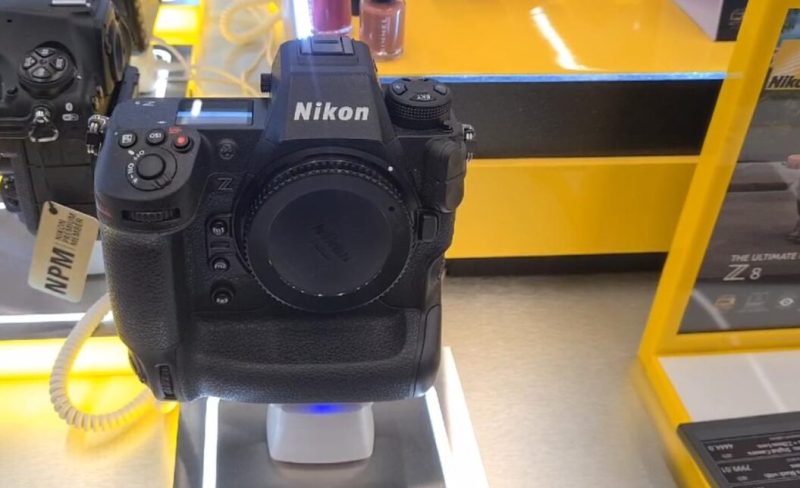
Eventhough these cameras are in a different class, alot of people want to know how the Z6 III compares to the Z8 or Z9. Well, one potential concern for some photographers is that the 24.5-megapixel resolution on this model might feel quite modest compared to the 45.7 MP sensors found in the Z8 and Z9. But, Nikon has addressed this with a clever pixel-shift technology mode that can produce images of up to 96 megapixels by subtly moving the sensor across multiple exposures.
The result is ultra-detailed stills with richer color and finer texture, perfect for landscape or product photography where absolute precision matters. The trade-off is that this mode requires a tripod and a completely static subject; any movement during capture can cause alignment issues, making it less practical for handheld or dynamic shooting. Still, for photographers who occasionally need higher resolution without upgrading to a flagship body, it’s a valuable and surprisingly capable feature.
Overall
The Nikon Z6 III feels more like a compact version of the Z8 or Z9, offering much of their speed, autofocus performance, and video capability in a smaller, more affordable body. While it doesn’t match its flagship siblings for resolution or advanced features, it still delivers true high-end performance at a considerably lower price point. Let’s take a look at the Z8 and some other top performers from the Z series in more detail below.
Nikon Z8 for flagship power
The Nikon Z8 brings nearly everything from the professional Z9 into a lighter, more manageable form. It uses the same 45.7MP stacked CMOS sensor and EXPEED 7 processor, delivering lightning-fast autofocus and up to 20fps RAW bursts. In video work it matches the Z9 with 8K 60 p and 4K 120p options, making it a genuine hybrid camera for serious creators.
Despite its smaller frame, the Z8 keeps dual card slots, weather sealing, and the same ergonomics. It’s is essentially a no-compromise hybrid camera built for professionals who need top of the range power in a more compact body than the Z9.
It’s ideal for photographers who regularly shoot commercial work, weddings, wildlife, or sports, and for filmmakers who need 8K capture or extended recording times. In contrast, the Z6 III gives most of the same autofocus, burst speed, and color science in a smaller, more affordable package, perfect for enthusiasts. But it still trails the Z8 and Z9 in a few areas, namely overall resolution, dynamic range, and rolling shutter performance. So for anyone who wants top-tier performance without the bulk or cost of the Z9, the Z8 is the obvious pro-grade pick at the moment.
Nikon Z50 for compact APS-C versatility
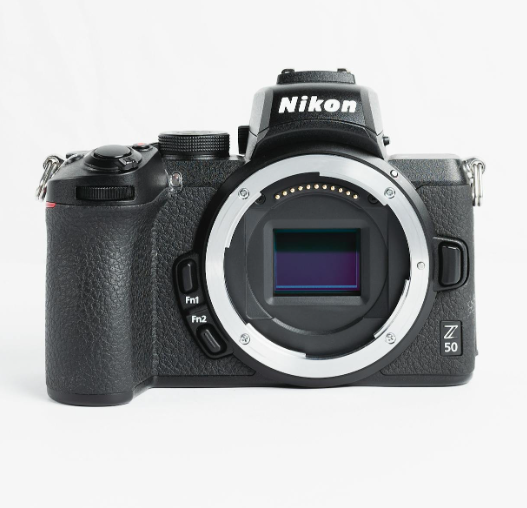
If you want a lighter travel or everyday setup camera, the Nikon Z50 remains one of the best APS-C mirrorless options in Nikon’s lineup. It’s not the most powerful, but its 20.9-megapixel sensor produces sharp, detailed images with excellent color, while the hybrid autofocus system locks on quickly for both stills and video. Paired with Nikon’s small DX 16-50 mm kit lens or the 50-250 mm zoom, the Z50 covers everything from street to wildlife.
It also shoots 4K video with no crop, making it friendly for vloggers and casual creators. We had to include the Z50 on our list simply because of its great handling, bright EVF, and Nikon’s signature color science. Overall, the Z50 strikes a nice balance between quality and portability, though it lacks the full-frame sensor, faster burst speeds, and advanced video options found in the Z6 III, making it better suited for enthusiasts and travelers who value compact size over ultimate performance.
Nikon Z30, an entry-level mirrorless for content creators
Designed mainly for video shooters and beginners, the Nikon Z30 strips away the electronic viewfinder to stay as compact and affordable as possible. It uses the same proven 20.9-megapixel APS-C sensor found in the Z50, delivering vibrant color, crisp detail, and impressive overall image quality for its size. But what we think makes this model stand out is how well it caters to content creators, the fully articulating touchscreen, improved microphone input, and user-friendly video presets make it an awesome option for vlogging, streaming, or filming handheld.
Despite its entry-level positioning in the market, the Z30 performs beyond expectations. The autofocus tracking system is quick and reliable, especially after recent firmware updates, and face and eye detection work smoothly in both stills and video. And the compact body pairs nicely with Nikon’s lightweight DX lenses, keeping your kit portable. For people who want to get started with mirrorless or anyone looking for a second lightweight camera to complement a Z6 III or Z8, the Z30 is an easy, low-cost way to stay fully within the Nikon Z ecosystem while still having great performance.
Top Nikon Lenses
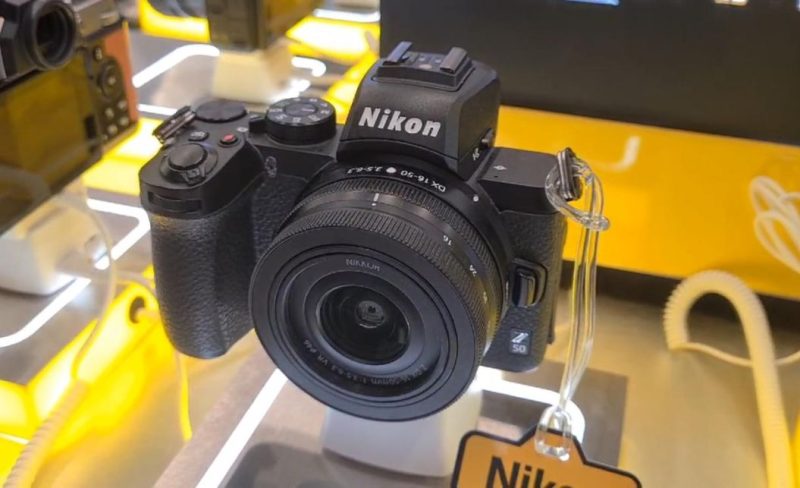
Now that we’ve covered Nikon’s top mirrorless bodies, let’s take a look at some of the lenses that bring them to life. A camera is only as good as the glass you use, and two of the lenses we’re checking out are the NIkon 35 mm f/1.4 prime and the 28-400 mm f/4-8 VR superzoom. Below, we dive into how each performs in real-world use and for whom they’re best suited.
NIKKOR Z 35 mm f/1.4 review
The versatility of a 35 mm lens
The 35 mm focal length has long been a favorite among photographers for its balance between wide-angle and natural perspective. It works well for:
- Street photography: Captures natural scenes with minimal distortion
- Landscapes: Offers a wide yet balanced field of view
- Environmental portraits: Keeps subjects in focus while showcasing surroundings
With its fast f/1.4 aperture, this lens performs excellently in low light and produces a beautifully smooth background blur (bokeh) that adds depth and character to your images. ⚠️But do note, this is not an S-Line lens. Many expected an S-version, but Nikon has yet to announce a professional alternative.
Key differences between the NIKKOR Z 35 mm f/1.4 vs 35 mm f/1.8 S
In terms of size and handling, the NIKKOR Z 35mm f/1.4 is only slightly heavier at 415g compared to the 370g of the f/1.8 S, but both still remain compact and easy to carry. The difference is barely noticeable in daily use, and each lens balances nicely on Nikon’s Z-series camera bodies. The f/1.4 introduces a customizable control ring that the f/1.8 S lacks, while the f/1.8 S includes a dedicated manual/AF switch, which some photographers may prefer for quick adjustments. Both lenses are weather-sealed, offering reliable protection for outdoor shooting, though the f/1.4 may omit Nano Crystal coatings, which is supposed to help reduce ghosting and flare in strong light.
But for optical performance, the f/1.8 S is known for its near-perfect sharpness and clean, clinical rendering, making it ideal for photographers who demand precision across the frame. The f/1.4, on the other hand, delivers a more character-driven image quality, producing a slightly softer, more cinematic look that many creatives find appealing. Its bokeh is especially impressive, with smooth transitions and richly colored background blur reminiscent of Nikon’s premium Plena lenses.
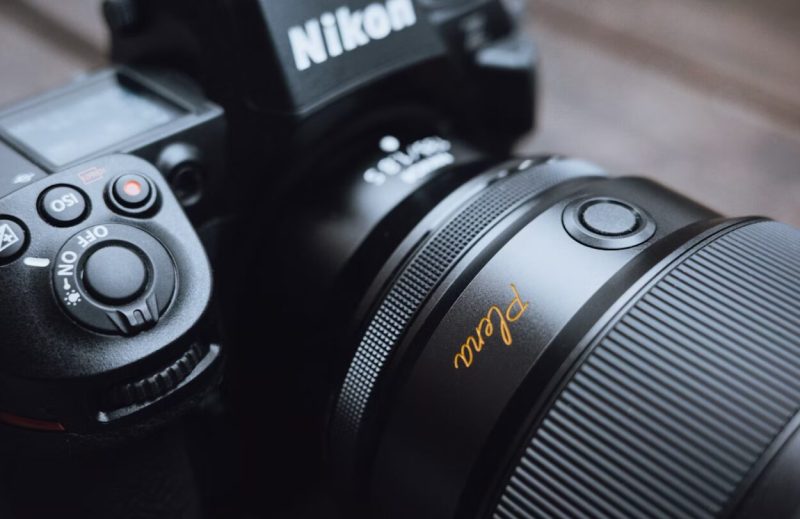
Is the NIKKOR Z 35 mm f/1.4 a Good Choice?
The 35 mm f/1.4 delivers gorgeous bokeh and a distinctive, artistic look. It may not match the razor-sharp precision of the f/1.8 S, but its unique rendering makes it a compelling option for photographers who value character and depth over technical perfection.
Who Should Buy This Lens
It’s great for users who want a creative, character-rich prime lens with a distinctive rendering style. Its wide aperture delivers smooth bokeh and strong subject separation, making it perfect for portraits, street photography, and any situation where you want your images to feel dynamic and expressive, all in a compact, lightweight design that’s easy to take around.
Who Should Consider the 35 mm f/1.8 S Instead
The NIKKOR Z 35 mm f/1.4 may not be the best fit for photographers who prioritize absolute sharpness and technical precision, as the f/1.8 S offers cleaner edge-to-edge detail. It also lacks Nano Crystal coatings, which help minimize flare in challenging lighting, and omits a manual-to-AF switch, so users who frequently toggle between focusing modes may find the f/1.8 S more convenient.
Overall
If you’re after a sharper, high-performance prime, the NIKKOR Z 35 mm f/1.8 S remains an outstanding choice, delivering clinical precision and pro-grade reliability. However, if you prefer a more artistic lens with smoother bokeh and a unique, character-rich rendering style, the 35 mm f/1.4 is the one to go for.
Now, while the 35 mm f/1.4 shines as a prime lens tailored for portraits, low-light work, and crisp everyday shooting, it’s not designed for reach. If reach is what you’re after, a lens like the 28-400 mm f/4-8 VR provides a flexible all-in-one zoom capable of capturing wide-angle scenes and distant subjects. Let’s take a deeper look at this lens, below.
Nikon NIKKOR Z 28-400mm f/4-8 VR review
The ultimate all-in-one zoom lens?
Nikon has expanded its Z-mount lens lineup with the introduction of the NIKKOR Z 28-400mm f/4-8 VR, a high-magnification zoom lens designed for full-frame mirrorless cameras. Offering a versatile focal range, this lens covers everything from wide-angle landscapes to long-range telephoto shots, making it a powerful all-in-one solution for photographers who need flexibility without switching lenses.
But how does it compare to other superzoom options, and is it the best choice for travel and wildlife photography? Before we find out, let’s take a look at some of its key features.
Key Features and specs
14.3x Zoom Range: Covers everything from wide-angle (28mm) to telephoto (400mm).
Optical Stabilization (VR): Helps reduce camera shake for sharper images.
Compact & Lightweight: Weighs just 725g (1.6 lbs), making it relatively portable for its range.
Focal Length: 28mm for landscapes & architecture, 400mm for wildlife & distant subjects.
Weather & Dust Sealing: Provides added durability for outdoor photography.
With its amazing zoom range, this lens becomes a great option for a variety of shooting scenarios, from travel and cityscapes to wildlife and sports photography.
Size and build quality
It’s no surprise that this lens is big, it measures 142mm, which is about 5.6 inches, in length but, despite its size, it’s not as heavy as we would have thought at around 725 grams. And while it’s long when fully extended, it remains comfortable for handheld shooting. For reference, it’s lighter than the Nikon 135mm f/1.8 S Plena lens, which weighs almost a kilogram.
Autofocus performance
Autofocus on the NIKKOR Z 28-400mm f/4-8 VR is fast, smooth, and nearly silent, making it a great option for video and wildlife photography where quiet operation is important. While some people say the AF can feel slightly slower when zooming out from the telephoto end, it remains responsive overall. At the wide-angle end around 28mm, focusing speed is particularly quick and reliable. It’s not the fastest autofocus system in Nikon’s lineup, but it’s consistent, accurate, and dependable for most general photography and video situations.
Low light performance
With an aperture range of f/4 at 28mm to f/8 at 400mm, this lens performs best in bright outdoor or well-lit environments. At the longer end, the narrower f/8 aperture can make shooting in low light more challenging, particularly for handheld or nighttime photography. However, Nikon’s built-in Vibration Reduction (VR) helps compensate by allowing slower shutter speeds without excessive blur. If low-light shooting is a top priority, photographers may want to look toward f/2.8 or f/4 constant-aperture telephoto lenses, but for daylight or travel work, the 28-400mm performs great.
Bokeh and image quality
With all that extended zoom range, you might be concerned about it losing quality but in the case of this lens, image quality is remains relatively strong across the zoom range, with sharp, detailed results at both wide and telephoto ends. The lens produces a pleasant, smooth background blur, though it’s not as creamy as what you’d see from Nikon’s premium portrait lenses like the 135mm f/1.8 S Plena. Still, for a compact superzoom, the rendering is impressive, with good subject separation and natural color transitions. The long 400mm reach makes it a versatile option for wildlife, travel, and outdoor photography, where sharpness and flexibility are more important than extreme background blur.
So how does it compare to other superzoom lenses?
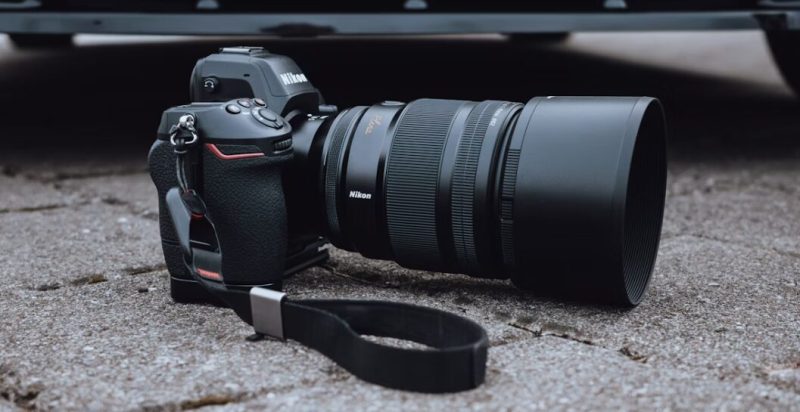
Our table shows other top superzoom lenses that work with Nikon mirrorless cameras, including both native Z-mount and adapted options:
| Lens | Focal Range | Aperture | Weight | Best For |
|---|---|---|---|---|
| Nikon Z 28-400mm f/4-8 VR | 28-400mm | f/4-8 | Around 725g | Travel, wildlife, general use |
| Nikon Z 24-200mm f/4-6.3 VR | 24-200mm | f/4-6.3 | Around 570g | All-around travel lens |
| Tamron 70-300mm f/4.5-6.3 | 70-300mm | f/4.5-6.3 | Around 545g | Telephoto, portraits |
| Nikon Z 100-400mm f/4.5-5.6 S | 100-400mm | f/4.5-5.6 | Around 1.35kg | Professional wildlife, sports |
| Tamron 18-400mm f/3.5-6.3 | 18-400mm | f/3.5-6.3 | Around 710g | Superzoom, all-in-one |
Key Takeaways:
- Nikon Z 28-400mm offers the widest zoom range but has a narrower aperture at f/8.
- Nikon Z 24-200mm is smaller and lighter, but lacks the extensive reach of the 28-400mm.
- Tamron 18-400mm provides a similar range but is not native to Nikon Z-mount systems.
- Nikon Z 100-400mm is a premium option, offering better sharpness but at a higher price and heavier weight.
If you need the broadest zoom range in one lens, the NIKKOR Z 28-400mm stands out as a top choice.
Who Is This Lens For?
Because it covers a wide-angle all the way to telephoto without switching lenses, the versatility of the lens makes it a great choice for travel photographers. The 400mm reach also allows for longer distance shots, this works for zooming into cityscapes but it’s also great for animal photography, so based on that, it would also be great for wildlife and nature photographers. And if we break it down some more, the Z 28-400mm is one of those all-in-one lenses so it would be ideal even for casual and everyday photography. But if casual photography is all you want to use it for, there are cheaper ones on the market.
Now, it’s not perfect, and there are some drawbacks. The f/8 at 400mm limits its ability in dark conditions. Also, the bokeh is good, but not as creamy as portrait-specific lenses for professional portraits.
Overall
The NIKKOR Z 28-400mm f/4-8 VR is one of Nikon’s most versatile Z-mount lenses to date, offering an impressive 14.3× zoom range in a surprisingly lightweight and compact body. Image quality is consistently sharp across the range, and its reach makes it ideal for travel, wildlife, and everyday outdoor photography. While it’s not built for low-light shooting due to its f/8 maximum aperture at 400mm, and it lacks extra external controls such as AF/MF and VR switches, its straightforward design and strong optical performance make it easy to use in almost any scenario. Autofocus can slow slightly when zooming out from the telephoto end, but it remains accurate and quiet overall.
For photographers who want a true all-in-one lens that balances reach, portability, and reliability, the NIKKOR Z 28-400mm f/4-8 VR stands out as one of the best and most practical zoom options currently available for Nikon mirrorless users.
Want to find more telephoto lenses?
We know it can be tricky finding the right telephoto lens, so we’ve put together a quick Lens Finder Quiz to help match you with the best options for your needs. Just head over to our page: 5 Best Telephoto Lenses for Wildlife Photography. And you’ll find the quiz there. These lenses are perfect for tracking birds, shooting wildlife, or getting extra reach on your next trip, and the quiz makes it simple to find the one that fits your style.
We hope this article helped you. Oh, and by the way! Are you looking for a new laptop setup? Our Laptop Finder Quiz can help you get matched with instant recommendations in a few clicks. You can also check out our related articles on the links below.
